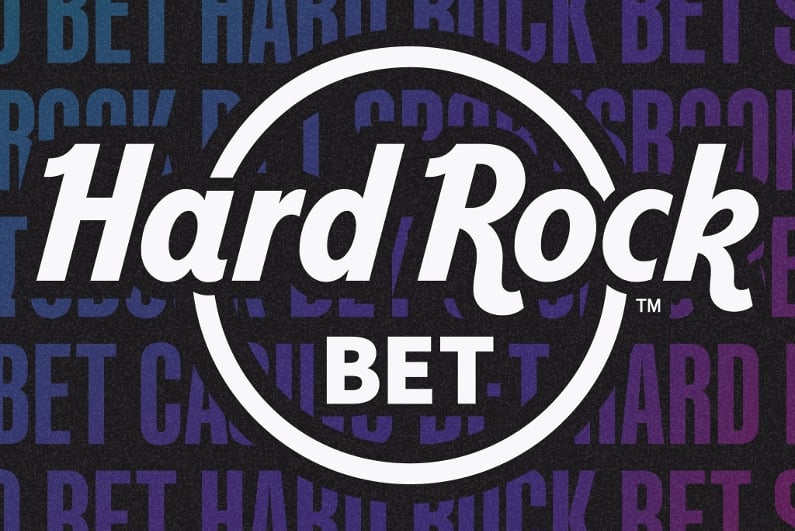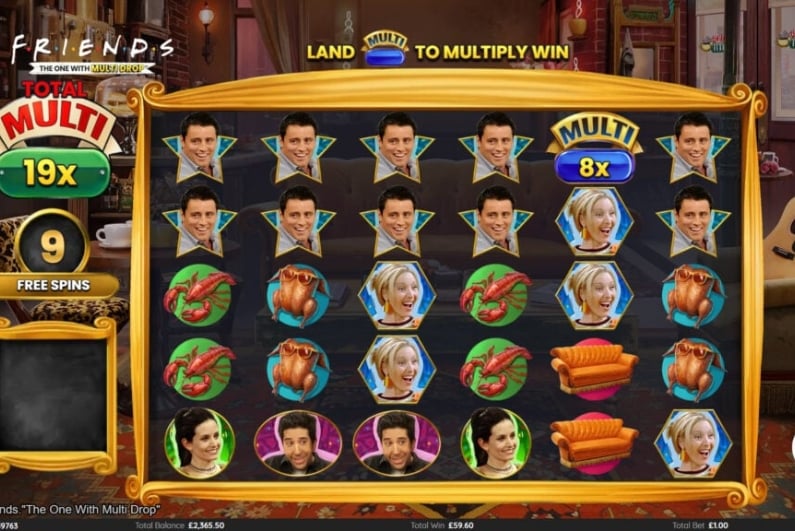Gambling ads way down
The Advertising Standards Authority (ASA), the United Kingdom’s independent advertising regulator, published the findings from the second stage of its online monitoring project on Friday. In the CCTV-style stakeout of YouTube channels and websites, the ASA found that the number of gambling ads viewable by minors plummeted from 70 in the first sweep, conducted in the second quarter of the year, to just five in the latest, third-quarter sweep.
All told, in the limited monitoring exercise – the ASA cannot keep tabs on every website and every YouTube channel – there were 127 ads that were geared toward adults, but still appeared on sites that targeted children. Those ads came from 44 advertisers and appeared on 27 websites and four YouTube channels “aimed at or attracting a disproportionately large child audience.”
zero tolerance for age-restricted ads appearing on websites aimed at children”
Gambling advertisers were notified before the project started to be aware of where their ads were being placed, so the ASA is hopeful that other types of advertisers will show the same success next quarter.
“We’ll continue working with advertisers and taking action where necessary to build a culture of zero tolerance for age-restricted ads appearing on websites aimed at children,” said ASA chief executive Guy Parker in Friday’s announcement.
Most rule breakers were for food
From July to September of this year, the ASA watched 49 websites and seven YouTube channels for inappropriately placed, age-restricted ads. The categories of ads the Association tracked included gambling, alcohol, weight reduction, HFSS (high in fat, sugar, or salt), and e-cigarettes.
HFSS ads made up the bulk of the rule-breaking ads that were caught, amounting to 102 of the 127 advertisements found across 27 websites and four YouTube channels. Half of those, however, were for things like cooking oils and sauces that the ASA admits would likely not attract the attention of children. The HFSS category was also only added in early October, so growing pains were likely anticipated.
The ASA is following up with advertisers who broke ad rules to let them know which ads were the culprits and get them to take said ads down. It is also warning the advertisers to review their practices and make the proper corrections.
Automated scanning technology
The ad monitoring study is intended to last a year, split up into quarters. The overall number of age-restricted ads was down from the second quarter of 2020, when 159 ads were found to have broken the rules. The big difference was with gambling ads, which, as mentioned, were down significantly. On the flip side, HFSS ads shot up from 78 to 102, though again, the ASA says many only “technically” violated the rules.
E-cigarette ads were non-existent in the latest quarter, while there was only one such ad in the second quarter.
“spiders” visit the sites using what they call a “neutral” profile
The ASA used Nielsen media’s “spider technology” to comb the sites and YouTube channels for inappropriate ads. These “spiders” visit the sites using what they call a “neutral” profile, meaning the sites cannot identify them as belonging either to children or adults. Thus, they can grab results that are as unbiased as possible.




